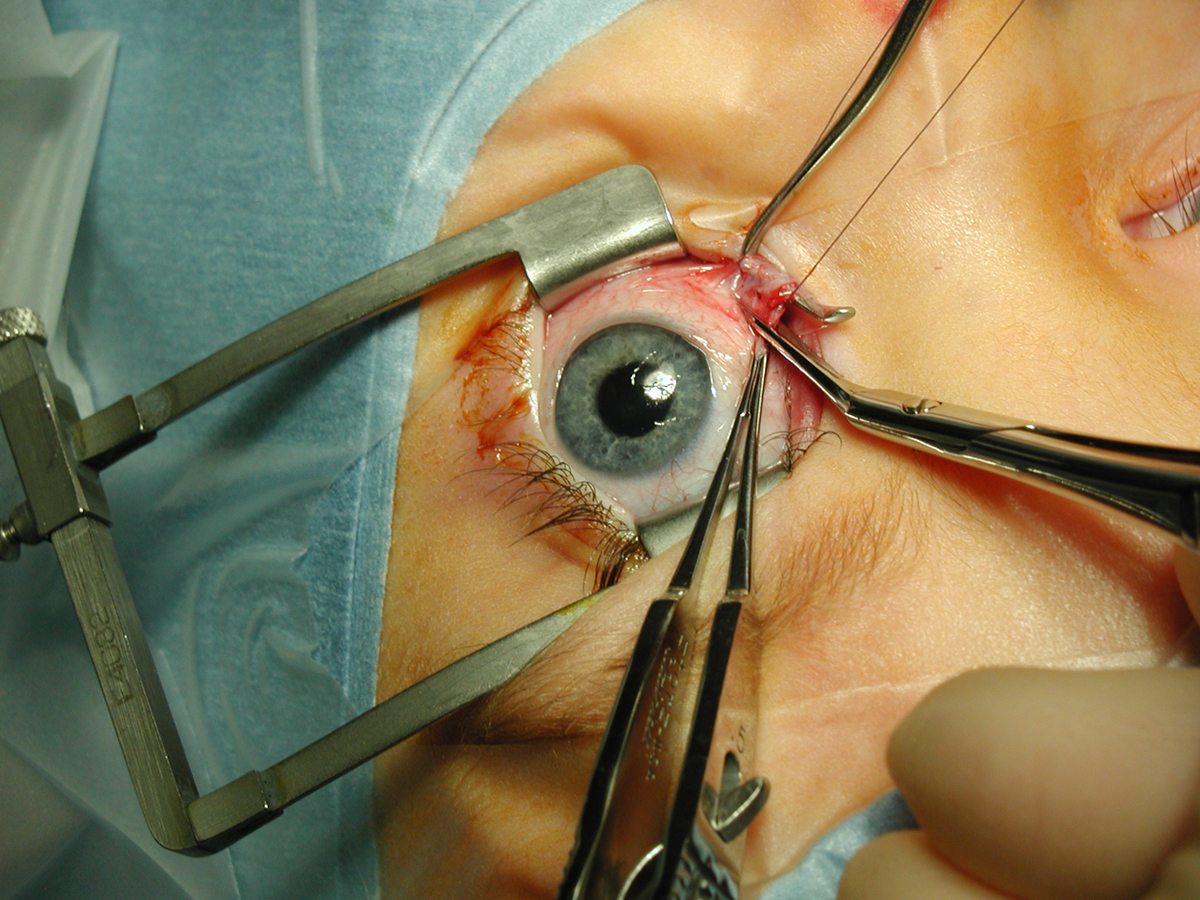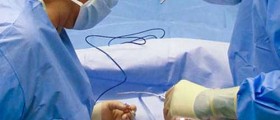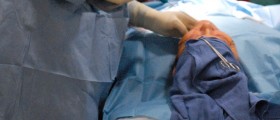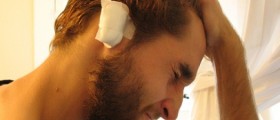Strabismus can be defined as an eye condition in which the eyes are not properly aligned with each other. In strabismus, both eyes simply cannot focus the same direction at the same time. If the condition is caused by inappropriate functioning of the eye muscle it requires surgical repair.
The goal of the strabismus surgery is to straighten the eyes and make them become properly aligned with each other. Suitable candidates for strabismus surgery are people of all ages who suffer from an inadequate alignment of the eyes.
Strabismus Surgery - the Very Procedure
Strabismus can be corrected with several different surgeries including recession, resection, and adjustable sutures.
The very type of strabismus surgery is determined by the type of the condition. In a recession procedure, the surgeon weakens certain muscles by changing the attachments of these muscles. The particular muscle is cut from its original place and then reattached further back from the front of the eye this way allowing the eye to move in all directions equally.
A resection procedure corrects misalignment of the eyes by resection of the chosen muscle and its reattachment to the specific location. For example, if the eye is turned inwardly, the surgeon manipulates the lateral rectus muscles.
Finally, an adjustable suture is the third type of strabismus surgery in which the surgeon sews the eye muscle. By doing this the insertion position, as well as the length of the muscle, is altered.
- Risks of adult strabismus surgery are relatively low, and serious complications are anecdotal and rare.
- Even if the strabismus has been long-standing, most adults will experience some improvement in binocular function after strabismus surgery.
- Consequently, adult strabismus surgery should not be considered merely cosmetic in most cases. In esotropic patients, this improvement typically takes the form of an expansion of binocular visual fields; however, some patients may also regain stereopsis.
Strabismus Surgery Recovery Period
Majority of patients are discharged from the hospital a day after the surgery. Recovery time after strabismus surgery may last from 6 to 7 weeks. The actual length of recovery depends on whether the patients are able to follow the doctor's rules and restrictions.
The patients are due to take only the prescribed medications. Over-the-counter medications are not allowed prior to consultation with a doctor. It is normal to experience pain and swelling of the eyes after strabismus surgery. The pain subsides with the assistance of pain-relieving medications and swelling can be reduced by cold compresses. Swelling and potential infection are prevented with eye drops and ointments.
At-home patients may resume all normal activities. One may bath, shower, and wash hair since none of these activities interferes with the healing. Still, swimming for at least 10-12 days is forbidden. Strabismus surgery carries several risks. One of them is associated with general anesthesia and several more include excessive bleeding, infection, etc.
The effects of the surgery cannot be estimated a few days after the procedure. There is the time needed for the brain circuits to be adapted to the new position of the eye muscles. The most appropriate judgment related to the surgery is obtained 3 to 4 months after the surgery.


















Your thoughts on this
Loading...